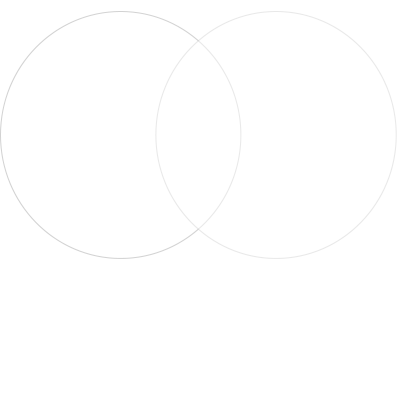

The brightness of the Incell screen for iPhone 12 series launched by BIZBEE can reach 700cd / m ², and the thickness is about 0.3mm thicker than the original. Almost all parameters are very close to the original. How is this achieved? Read the following and you'll find the answer.
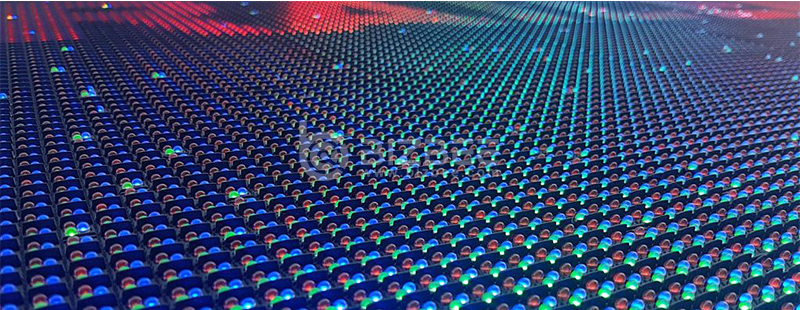
1. Introduction to the principle of Mini-LED backlight technology
Mini-LED backlight adopts direct-lit LED backlight mode. It reduces the traditional LED grain size to between 100 microns and 200 microns, greatly increasing the number of backlight. For example, the original side backlight has only a few dozen lamp beads, but now it can reach thousands, tens of thousands, or even more.
Besides, the flip-chip method of Mini-LED does not require a lens for secondary optical design. Due to the relatively small structure of the chip itself, it is conducive to achieving higher contrast and can also achieve the effect of ultra-thinness. In addition, Mini-LED combined with Local Dimming technology can achieve tens of thousands of zone control, more precise light control ability, and can achieve peak brightness up to 1000 or even 1400nit, and the contrast can reach 1,000,000:1, making the display effect closer to natural.
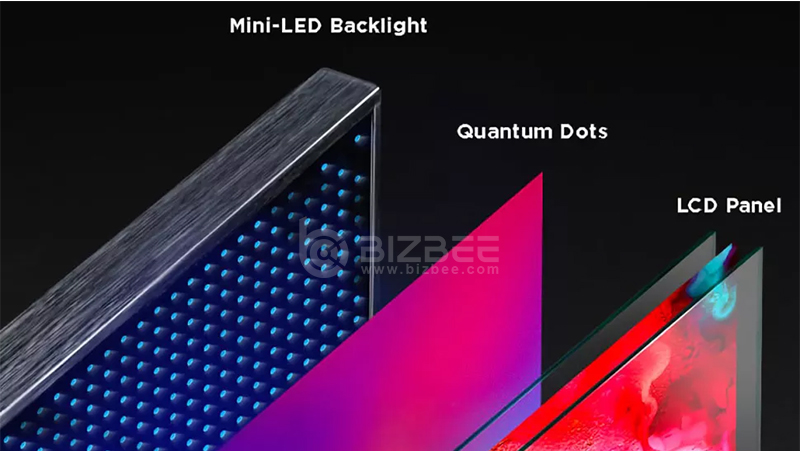
2. The advantages of Mini-LED backlight
The main technical advantages of Mini LED backlight products: First, it is light and thin. Because the size of Mini LED chip is smaller, the optical mixing distance can be greatly reduced, and even the distance can be reduced to 0, making the overall thickness of the display closer to the OLED panel, achieving the light and thin effect and expanding the scope of application.
The second are high brightness and uniform heat dissipation, its brightness can exceed 1000 nits, while traditional LED can only do well on one of them. The third are wide color gamut and good color reproduction. If Mini LED backlight uses RGB three-color LED, the color brightness will be close to OLED. If the blue LED + quantum dot film is used, wide color gamut (>110% NTSC) can be realized at present, covering more than 99% of DCI-P3 standard wide color gamut, comparable to OLED. The forth is power and energy saving, and it can achieve fine control of light by dimming in different areas, which can also reduce power consumption.
Fifth, it can achieve special-shaped cutting and surface display, if the driving substrate is replaced by a soft substrate, a high curved backlight plate can be generated for the production of curved screens. Sixth, the difference between Mini-LED and OLED in display effect and energy consumption is little, the life of Mini-LED backlight LCD panels is much longer than that of OLED and there are no defects such as residual shadow, screen burning.
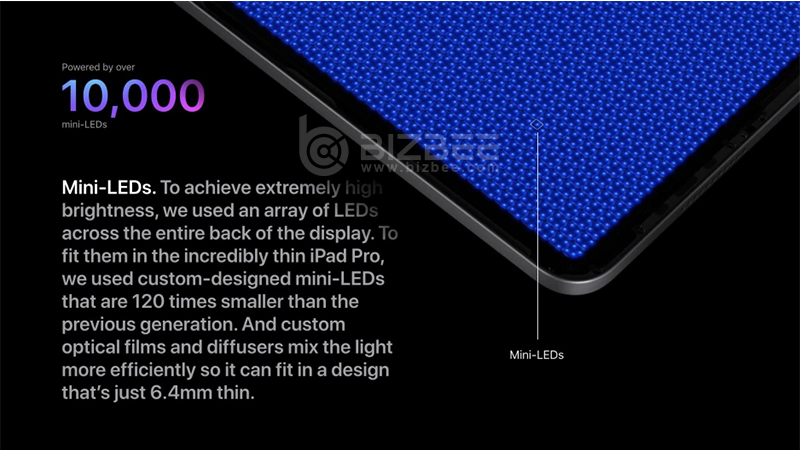
1. Mini-LED vs OLED vs Traditional Backlight
Mini-LED backlight: Direct-lit backlight mode is adopted to reduce the grain size of traditional led to 100 ~ 200 μm, which greatly increases the number of backlight. With local dimming control, it can achieve regional brightness adjustment and bring a better visual experience. This technology has the characteristics of energy saving, light and thin, wide color gamut, ultra-high contrast, fine dynamic partition and so on, which can overcome the shortcomings of other backlight methods. However, the current production cost is relatively high, and it is mainly used for high-end displays.
OLED is an organic light-emitting diode, which belongs to an active light-emitting structure. Its advantages: all aspects of performance are better than ordinary TFT-LCD. The disadvantage is that the price is expensive, the yield is low, and some colors, such as blue light, luminescence life is relatively short.
Traditional LED direct-lit backlight: it is the mainstream backlight scheme of LCD at present, with low cost and dynamic partition; But it is thicker and consumes more energy; Traditional LED edge-lit backlight: thin, no dynamic partition.

Differences in indicators of different displayed technologies
BIZBEE believes that mini-led technology is a general trend, after all, iPad has also introduced this technology. BIZBEE took the initiative to break through this technology and was the first to use this technology on the screen for iPhone 12. After many times of sample testing, etc. Mass production has been achieved.




